For many years, I’ve preserved fruit and made pickles, but I was a little surprised at the reports of how many people started gardening, as a way of getting through this unusual year of Covid-19. Recently, I spoke with a friend who said that she’d been given about 100 pounds of tomatoes, by a neighbour who grows things, but doesn’t preserve them. She is now busy canning that 100 pounds of tomatoes. It almost sounds as though there should be a song in there …
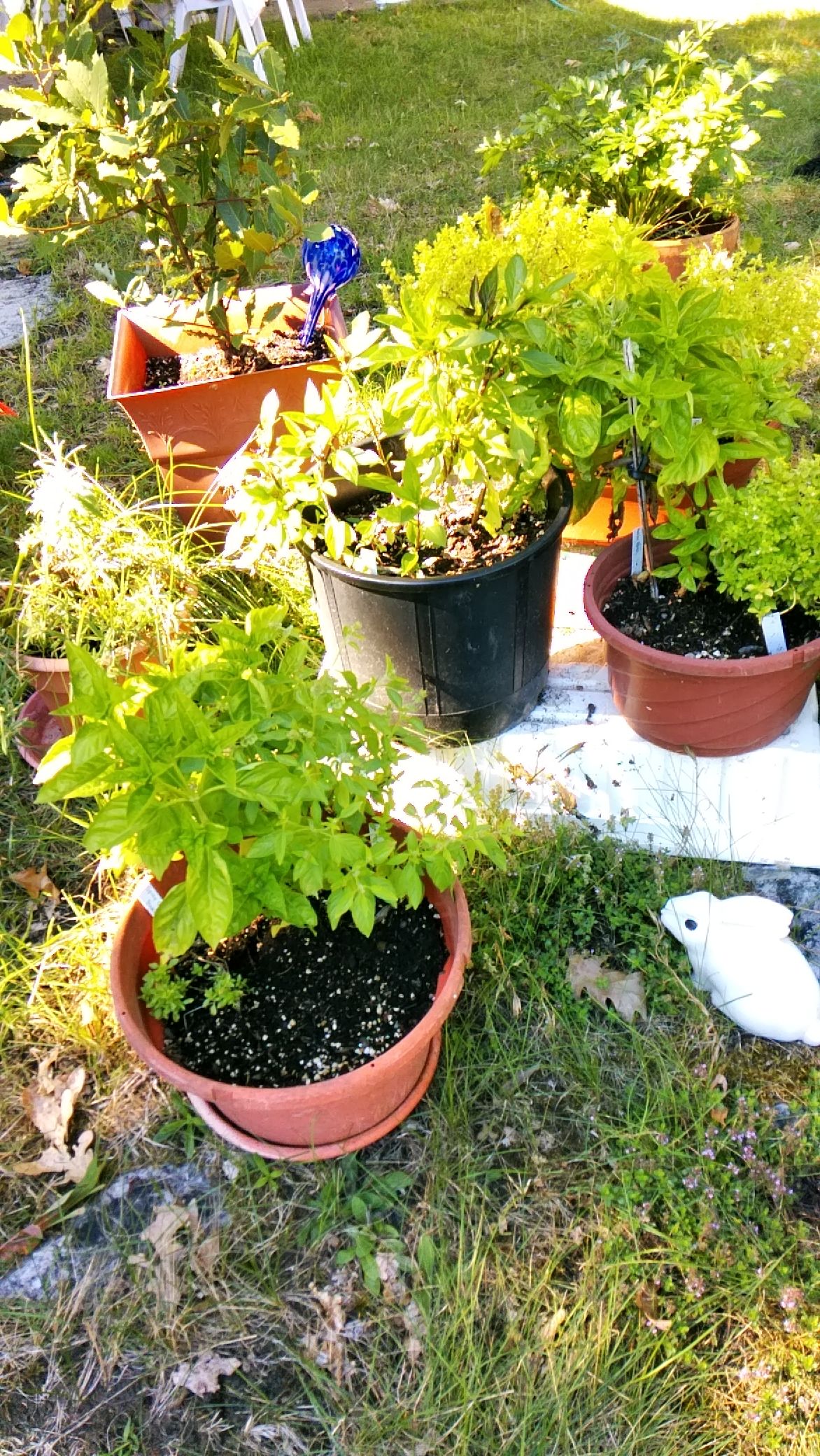
We’re very lucky, along our River, because there are lots of small farms that sell their fresh produce at roadside stands and in local farmers’ markets. The markets are somewhat limited this year because of the pandemic, but where it’s possible to safely support them, we should do so. Right now on the River, it’s sweet corn and peach season, so I’m busy freezing corn and making peach preserves. The tomatoes are coming in as well, so there will also be bag upon bag of tomato sauce in the freezer, along with bags of tomato soup. Zucchini? Eggplant? I foresee ratatouille in my future! It freezes beautifully and it makes a great side dish, or the perfect base for a hearty vegetable soup, in the depths of winter.
So, the question is, if you’re a first-time Covid-19 gardener, what are your plans for your harvest? Use it all fresh, as it ripens? Try to preserve some of your harvest for the fall and winter? Stare at what you’ve grown and wonder, “What on earth was I thinking, and what the heck am I going to do with all of this?”
For those in the “panic stage”, don’t worry; there are many options open to you. For those in the “I have a plan, but I need to get those jars and freezer bags, so that I can preserve the harvest” stage, please share your ideas with us. I’m going to share a few of my own.
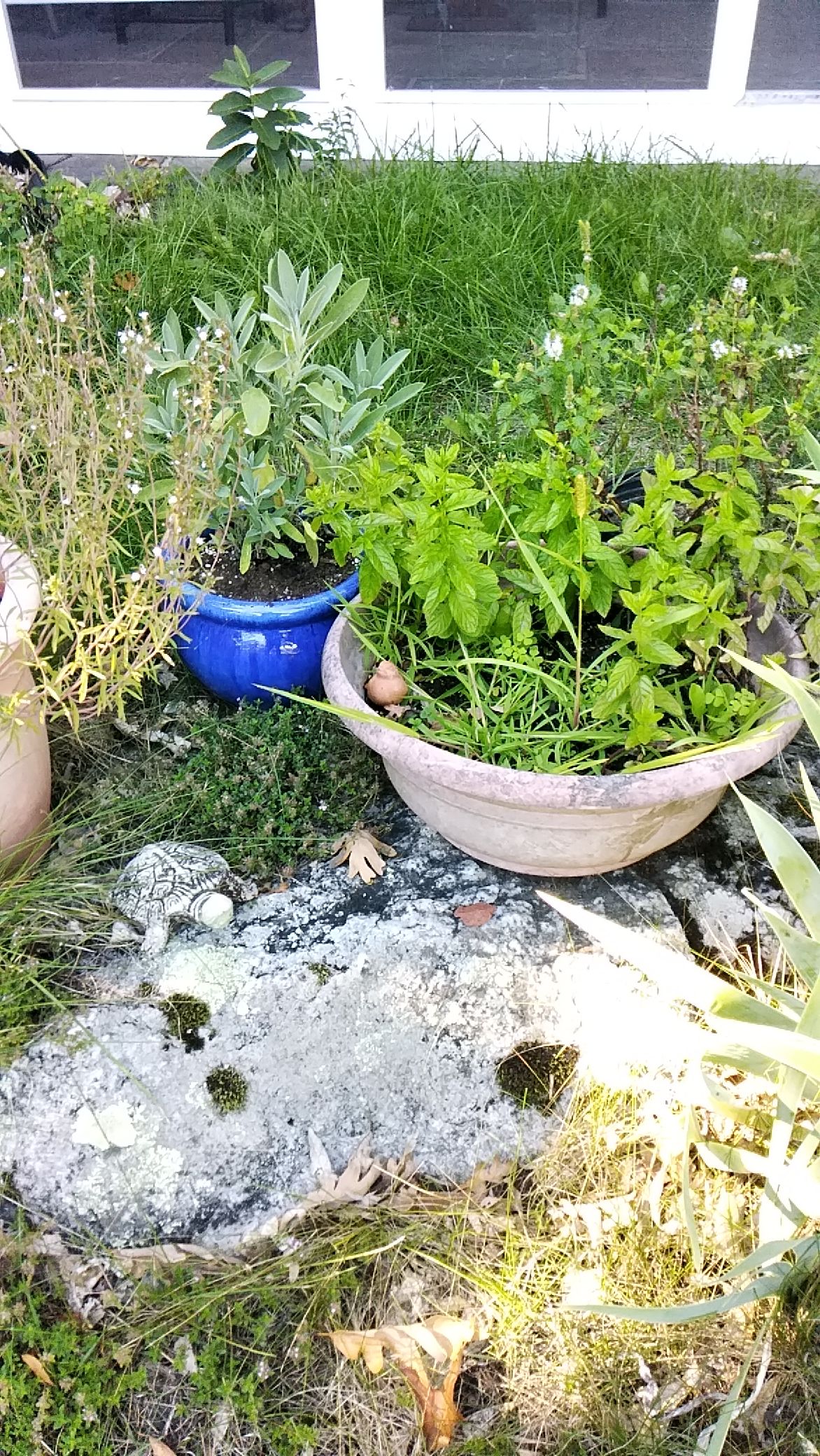
If you’re new to preserving your harvest, it’s important to understand that you can freeze pretty much all fruit and vegetables, but that canning takes a little more work. If you want to do more complex things, such as making tomato sauce with a lot of other organics (i.e. with herbs and vegetables) or anything with meat, you’ll need to use a pressure canner, not simply a water bath canner.
Sweet corn is one of my favourite vegetables. We have such wonderful corn grown along the River, and I can easily make an entire meal of it and eat a half dozen cobs all on my own. I also like to keep some corn for “future reference”, to make corn chowder or corn bread, later in the year. What I do is blanch the husked cob for about 1 minute, and then drop the cobs into an ice bath to stop the cooking. Once the cob is cool to the touch, I cut off the kernels, put them into zip lock bags, and freeze them. Don’t throw out the cobs though – they can be frozen as well, and they’ll add to the depth of flavour when you make corn chowder or other soups. For years, I’d been pitching the shorn cobs over the cliff for the raccoons, before someone told me that I should be keeping them for soups.
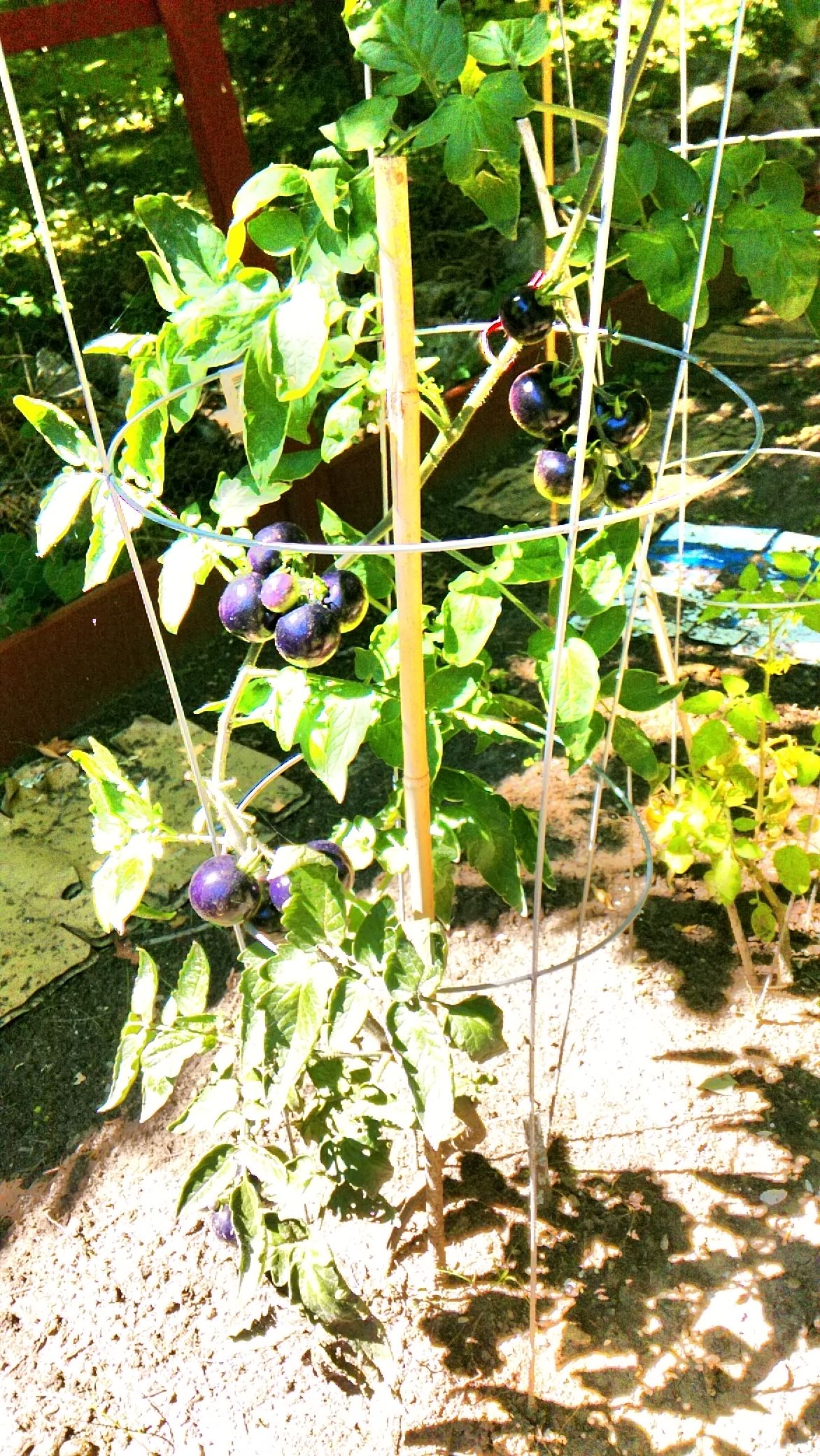
Tomatoes? So many types, so many methods, so many possibilities! Fresh, frozen, or preserved, and they can be preserved in many different forms.
One of my favourite things to do with small cherry or grape tomatoes is to oven-dry them. Wash the tomatoes, dry them off, slice in half, and then put them cut side up on a baking sheet lined with either foil or parchment paper. Drizzle them with a bit of olive oil, sprinkle with salt and pepper, and then roast them in a low, slow, oven (about 225 degrees F) until they start collapsing and looking dried up. It will probably take about 3 hours, but it could take longer, depending on the juiciness of the tomatoes. Once they’re done, let them cool completely, then put in a jar, cover with olive oil and refrigerate. They’ll be good for a couple of weeks … if they last that long! Toss them on a salad, mix them with pasta, or just put them on a cracker or slice of baguette. They are incredibly addictive.
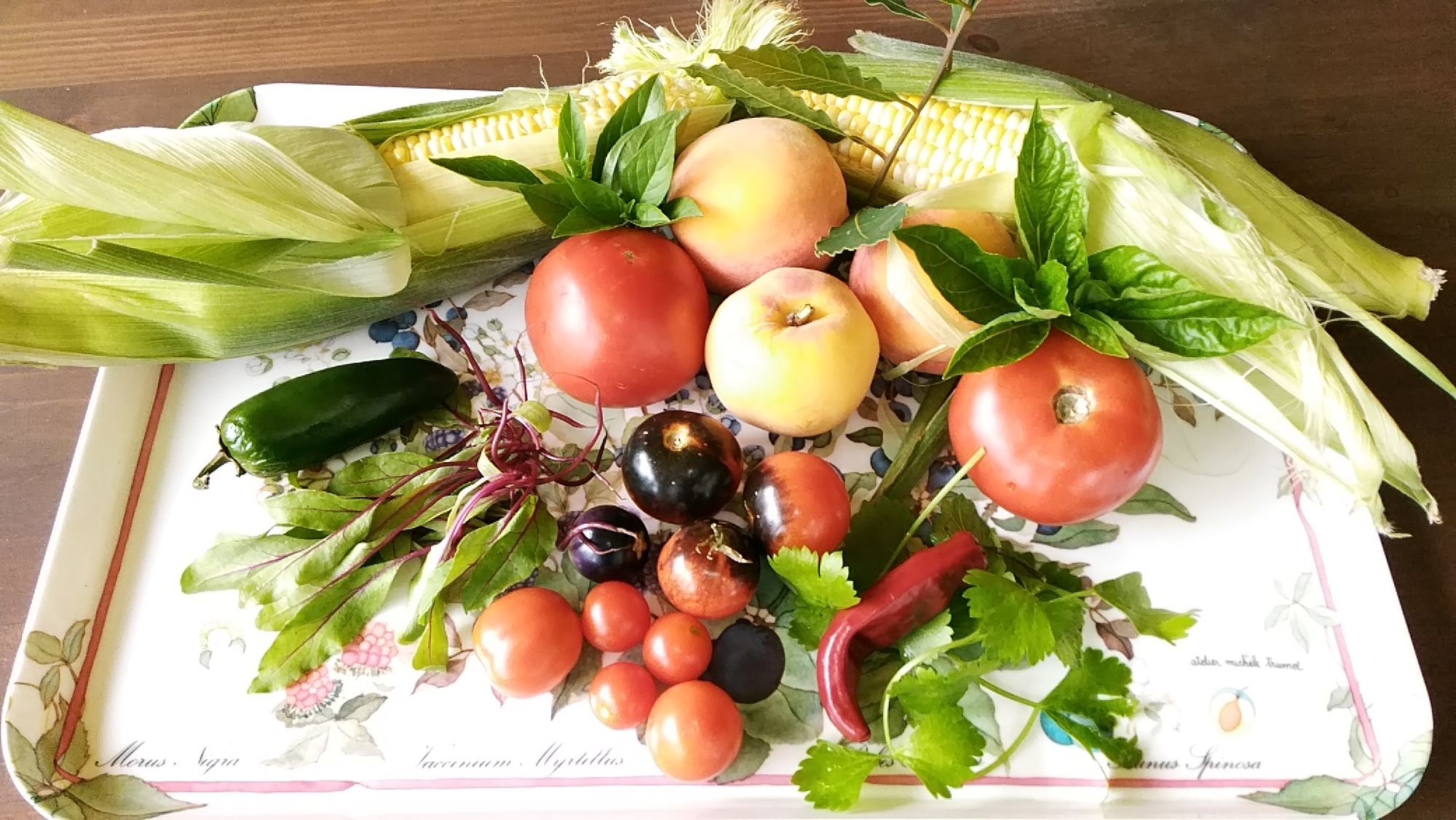
One of the other things that I do with fresh tomatoes is to make tomato sauce. It’s very easy; all you need is the fruit, a few large pots, freezer bags, and enough freezer space. Wash the tomatoes, cut an “X” in the bottom, just through the skin, then drop a few at a time into a boiling water bath for 1 – 2 minutes. Scoop them out of the boiling water and put them in an ice water bath, to stop the cooking. All you want to do is to heat them enough so that you can peel off the skins easily. Once peeled, cut out the cores, roll up your sleeves, wash your hands, and using a deep pot or bowl, crush the tomatoes with your hands. Yes, if you’re a little squeamish, you can chop the tomatoes instead, but trust me - crushing them with your hands really does make a difference in the sauce. It allows the liquid from the fruit to better integrate with the flesh to create a smoother sauce.
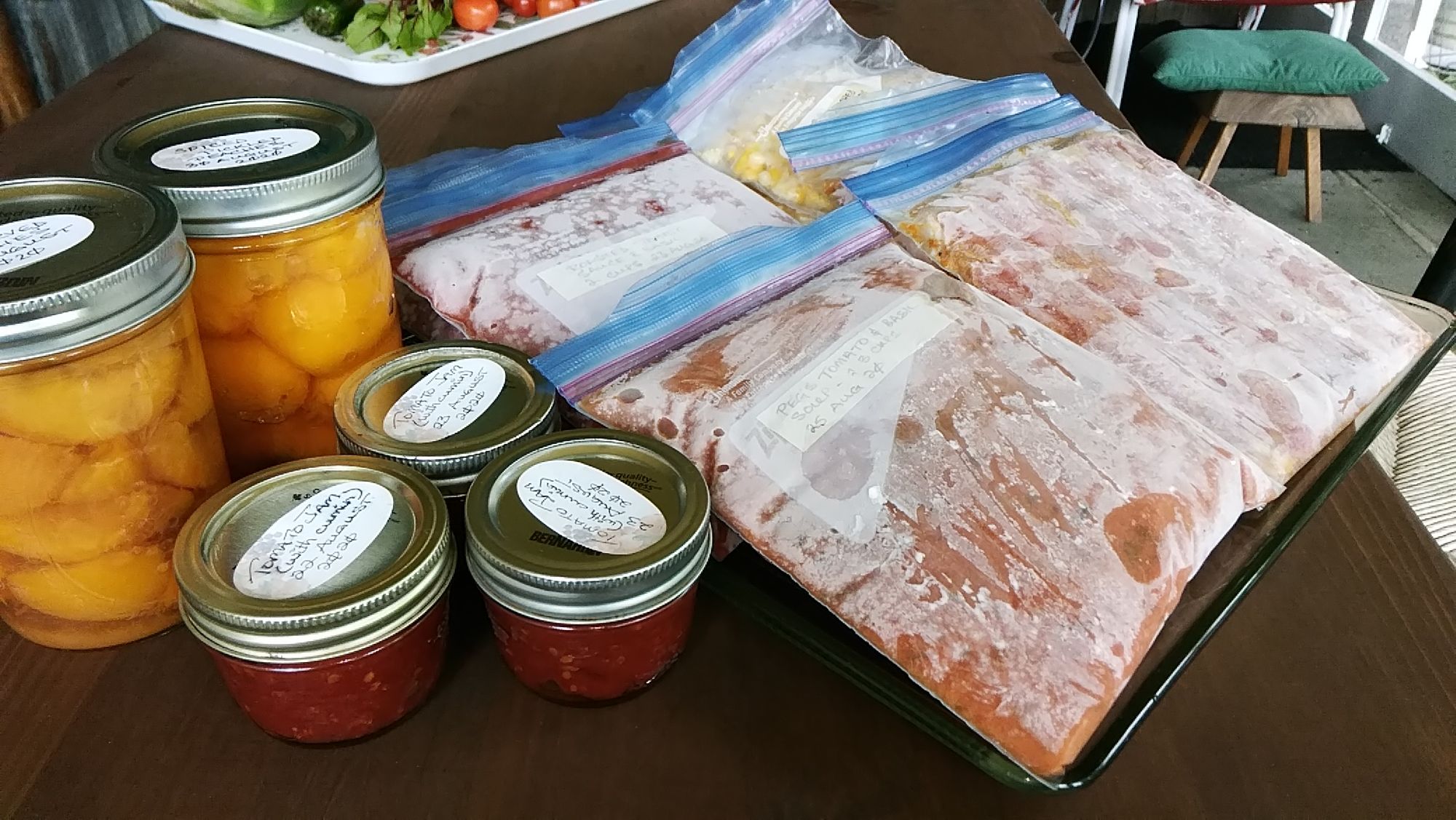
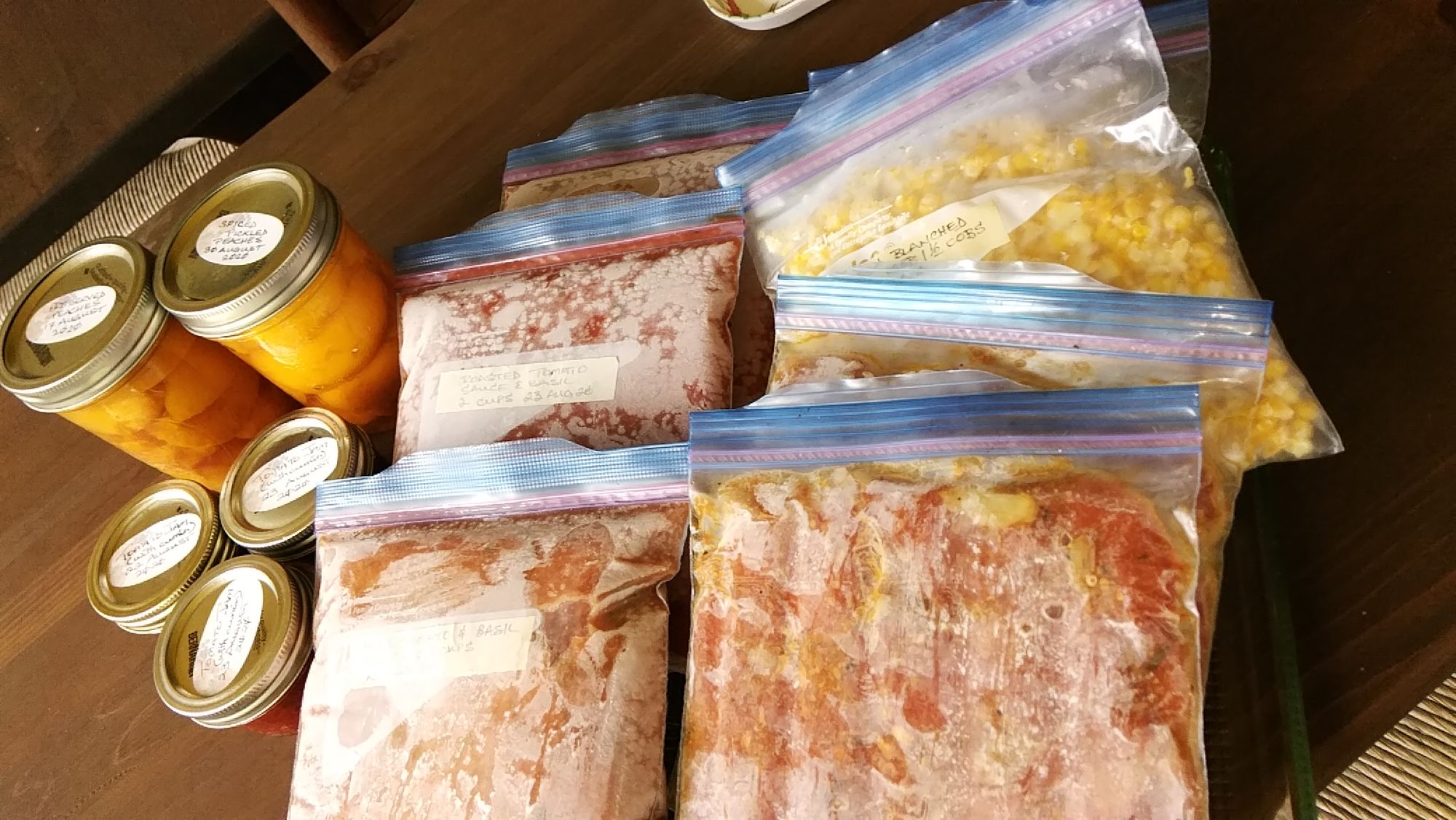
What you do next is really up to your tastes. You could just freeze the tomatoes like this. Or, you can make a sauce. I chop up an onion, a shallot, and a clove or two of garlic, sauté them in a pan for a few minutes (don’t let the garlic burn – very nasty!), and then add the crushed tomatoes. At this point, I also add whatever fresh herbs I have on hand – oregano, thyme, and/or basil. (Don’t add parsley – it’ll make the sauce taste bitter. Add it only once you’re going to use the sauce.) Stir it all together, then let it simmer and reduce until it’s thick, or the consistency that you want. Let it cool completely, and then ladle it into freezer bags in 1, 2, or 3 cup amounts. Make sure that you label the bags, and then lie the bags flat in the freezer until they’re frozen solid. After that, you can stack them vertically in a basket in your freezer.
It’s been a rather bizarre year on our River – and pretty much everywhere else as well. If you’re new to gardening and preserving and have questions, then write a comment and we’ll do our best to give you an answer. If you’ve got loads of experience and want to share it with other readers, then please send us a comment. In the meantime, stay safe and enjoy our beautiful River!
By Elspeth Naismith
Elspeth Naismith grew up in Gananoque, graduated from McMaster University in Hamilton (B.Sc (Bio)), and then from Centennial College as an RN. She also joined the Naval Reserve (thanks to a high school chum), and after spending time on both east and west coasts, she took a break from nursing and accepted a 3 year posting to National Defence Headquarters in Ottawa. The "break" turned into 25 years, and included jaunts to East Germany, Wales and the Irish Sea, and Bosnia. She retired from the Navy in 2011 and moved back to Gananoque in 2013.
Posted in: Volume 15, Issue 9, September 2020, Nature
Please click here if you are unable to post your comment.
